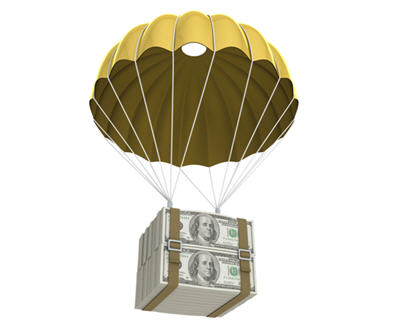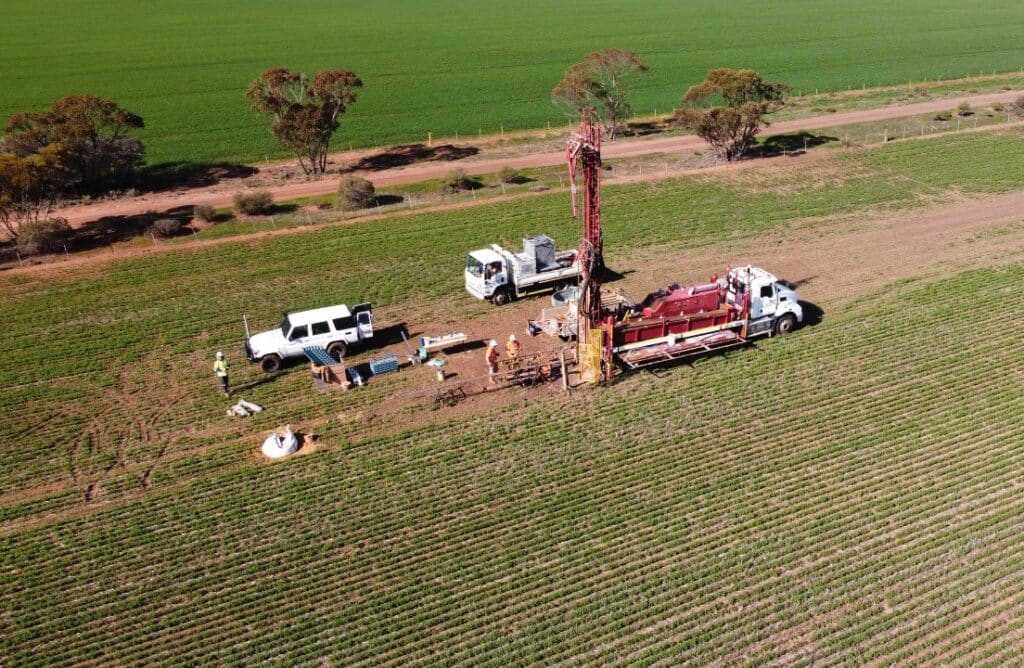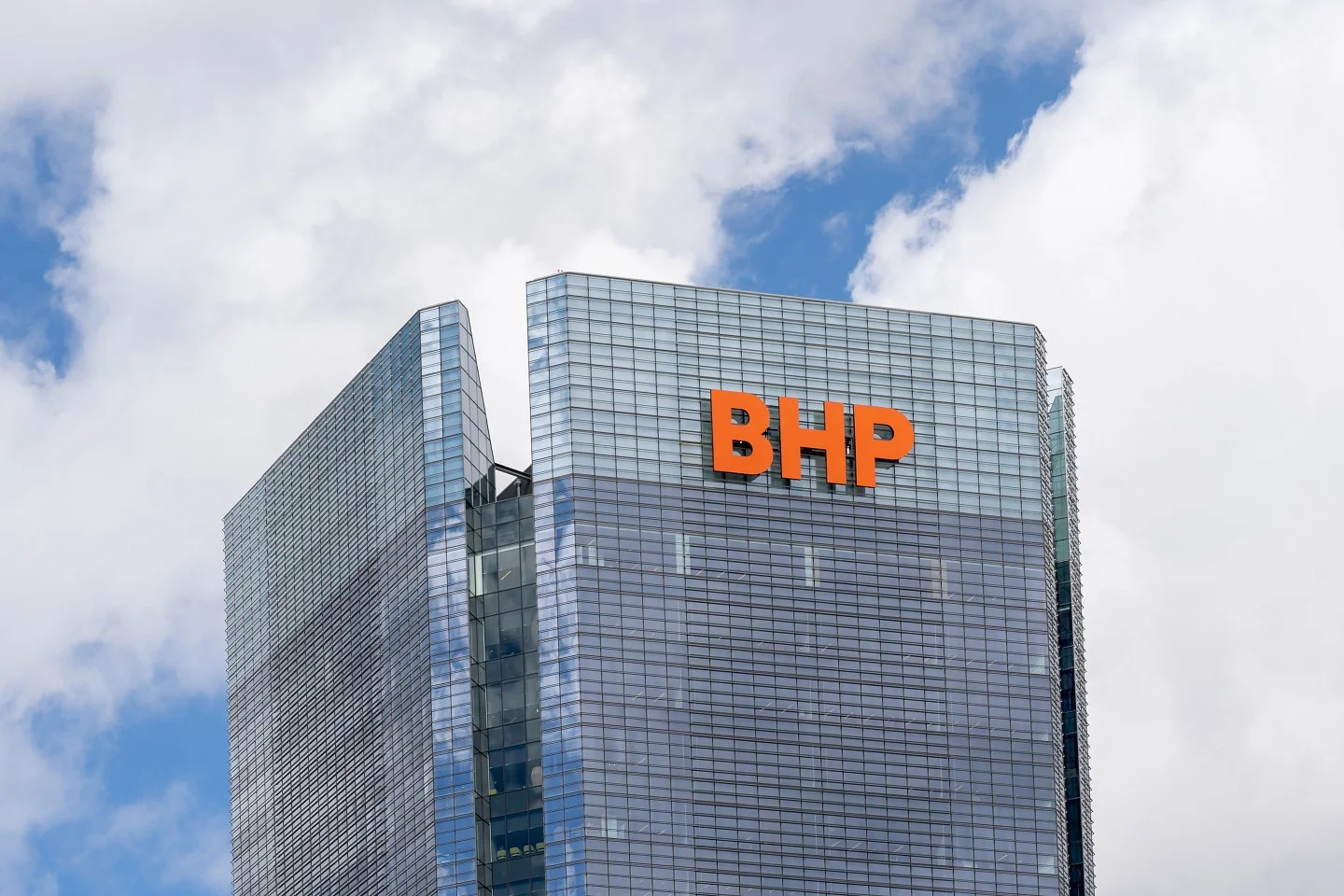US Labor Dept drops bomb on gold traders, dents QE3

The price of December gold fell by as much as $17 an ounce to touch $1,775 on Friday after data showed a surprise drop in the US employment rate to under 8%.
The metal recovered somewhat during the day, but was still trading down $13.50 or 0.75% at $1,783 by the close after again failing to breach the psychologically important $1,800 level.
The better-than-expected non-farm payrolls number was good news for the dollar and diminishes gold’s allure as an inflation hedge and storer of wealth amid currency depreciation.
Gold closed out the September quarter with its biggest quarterly gain since 2010 as QE3 Infinity – as the open-ended third round of quantitative easing in the US has been dubbed – weakens the dollar.
The jobs report may mean that the Federal Reserve will end its QE program to keep interest rates low and flood markets with cheap money sooner rather than later.
MarketWatch quotes a research note by Nomura Securities that says that “every one-tenth percentage point drop in the unemployment rate would shorten the Fed’s buying by about one month,” and Friday’s data “implies a three to four month reduction in QE3-related buying”
QE has been a massive boon for gold.
The Fed’s near-zero interest rate policy and bond purchases under QE1 kicked off on 16 December 2008. On 15 December 2008 an ounce of gold cost $837.50.
That’s a more than 111% improvement for the precious metal on the back of QE1 and QE2 which followed in August 2010.
Another of the Fed’s programs to keep interest rates low, Operation Twist, which started in September 2011 has also boosted the price of gold.
The gold price has taken a few hard knocks from 2011’s record levels and the spikes downward have all been thanks to actions or pronouncements by chairman Ben Bernanke and the Fed.
At the same time volatility in the gold price has increased dramatically.
At the start of April for instance gold dropped some $60 an ounce in a single session when Fed minutes appeared to indicate QE3 was off the table and its policy of zero interest rates may be coming to an end sooner than previously thought.
The same thing happened on June 7 when gold dropped $50 to under $1,600 an ounce in a couple of hours after Bernanke delivered “anti-climactic” testimony to the US Congress.
That was not the first time traders got cold feet after breaking an important psychological level.
A similar pattern was followed in the days after the metal reached a record high above $1,900 an ounce in August 2011. The yellow metal slid for two days after hitting the record, losing $105 or 5.6% in value in a single day.
In 2011 trading in gold was the most volatile since 1980 with the gap between the year’s highs and lows coming in at close to $600 an ounce or a 32% range.
In 1980 the spread was even greater at more than 40% and followed the 21 January 1980 record of $850 a ounce set after a spike in oil prices following the Iranian revolution and Russia’s invasion of Afghanistan.
At the time gold also fell precipitously after setting the record – within two days it fell back to under $700 starting a bear market that lasted almost three decades.
Gold breached $850 again at the start of 2008, but in inflation adjusted terms the 1980 price is still the highest ever – gold would have to hit some $2,400 an ounce to set a record in today’s money.
More News
Australia’s VHM scraps offtake deal with Shenghe Resources
January 11, 2026 | 04:08 pm
US to push for quicker action in reducing reliance on China for rare earths
January 11, 2026 | 09:07 am
{{ commodity.name }}
{{ post.title }}
{{ post.date }}







7 Comments
Neil
One little positive report and everyone starts to sell their gold. We are a long way from being out of the woods, if gold drops a bit more, I’ll be buying!
fb77
Look a little deeper – the numbers are shockers. Try this for another view:
http://www.paulcraigroberts.org/2012/10/05/another-phony-employment-report/
A couple of quotes:
“According to the BLS, “In September, 2.5 million persons were marginally attached to the labor force.” These individuals “wanted and were available for work,” but “they were not counted as unemployed because they had not searched for work in the 4 weeks preceding the survey.”
In other words, 2.5 million unemployed Americans were not counted as unemployed.”
and then
“A truer picture of the dire employment situation is provided by the 600,000 rise over the previous month in involuntary part-time workers. According to the BLS, “These individuals were working part time because their hours had been cut back or because they were unable to find a full-time job.””
Gee
It wasn’t a positive report on jobs, it was a poor report showing less jobs growth than most months of 2012. Where do you get this conclusion, shows how much the media is composed of simpletons.
2ndOrion
The employment rate fell because of the requirement for the governments to hire fire fighters of wildfires during the months of July, August, and September. These people are due to be laid off now, in October. The employment rate for October will be much higher showing in November.
David R. (Canada)
An investor would have to be an idiot to believe those fudged government unemployment numbers.
Just hang onto your gold and silver, and gold and silver stocks.
flaunttnualf
The premise of this piece is utter nonsense, and the biggest slice of hooey is that bit about the Nomura note. QE3 hasn’t even begun to be priced in because of it’s vague nature. Once traders come to their senses and realize Bernanke was telling the truth when he said that it’s QE “whatever it takes” and isn’t going to end anytime soon even if the economy shows signs of improvement, THEN it will start being priced it. People are still in denial, amazingly and in spite of Bernanke’s track record of doing everything he says he will and more. It’s mind-blowing arrogance for anyone to suggest they can reduce it down to a formula of “this percent decrease in headline unemployment shaves off that number of months of QE.” I suspect there are quite a few shorts too big for their britches that now need to have their heads puts in a vice.
Frogman17
hey Carlos Gomezx the man has the right to spend his money any way he wants. You most likely one who thinks he should give it to you. What part of his earning/making it did you contribute to? Get a job and a life of yor on, alog with the rest of those who want a free ride